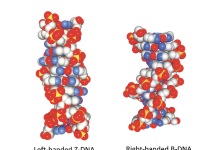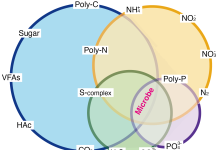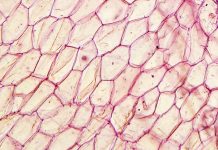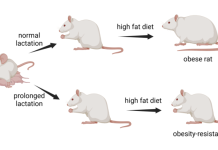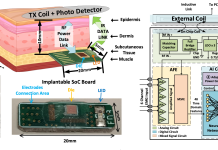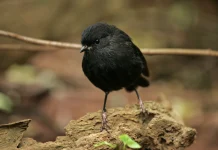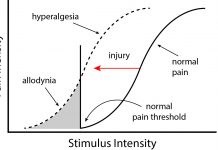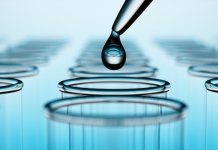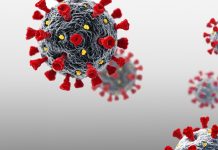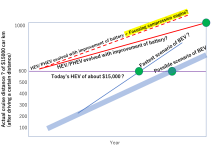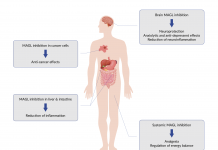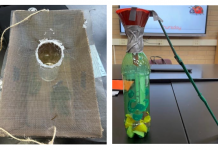Home 2024
Archives
Flipons: The discovery of Z-DNA and soft-wired genomes
Alan Herbert, Founder and President of InsideOutBio, discusses alternative DNA conformations and understanding of their biological functions.
Extracellular electron transfer explained
Arpita Bose, PhD from Washington University in St. Louis, guides us through host-associated impacts and biotechnological applications of extracellular electron transfer in electrochemically active bacteria.
Microbes as high-potential green resource producers
Hui-Ping Chuang, Assistant researcher at the Sustainable Environment Research Laboratories of the National Cheng Kung University, shares insights into the vital role of microbes in waste removal and sustainable resource generation.
Fluorescent sensors for detecting anions
Nicola Edwards, Associate Professor of Chemistry at the University of St. Joseph, is conducting research on the development of fluorescent sensors for anion detection.
What imaging reveals about engineered endosymbionts
Ashley V. Makela and Christopher H. Contag from the Institute for Quantitative Health Science and Engineering, walk us through watching living therapeutics in action, including what imaging reveals about engineered endosymbionts.
Prolonged lactation: Preventing obesity since infancy
Dr Vincent Prevot and Professors Markus Schwaninger and Ruben Nogueiras explain the significance of the perinatal maternal lifestyle, specifically prolonged lactation, in shielding offspring from chronic disease.
AI-empowered neural processing for intelligent human-machine interface and biomedical devices
Jie Gu, Associate Professor from Northwestern University, examines AI-empowered neural processing for intelligent human-machine interface and biomedical devices.
The different facets of biodiversity
Professor F. Guillaume Blanchet from Université de Sherbrooke explores the various aspects of biodiversity and the challenge involved in monitoring it.
Bacterial photobiohybrids and photosynthesis: Optimizing energy harvesting with bacterial-semiconductor hybrids
Photosynthesis serves as the primary mechanism for converting solar energy into chemical energy and plays a pivotal role in regulating atmospheric oxygen levels and carbon dioxide concentrations, influencing global climate patterns as a result.
Purple bacteria and their less known applications
Jungwoo Lee, High-School Student, and Arpita Bose, Associate Professor at Washington University in St. Louis, guide us through purple bacteria and their less-known applications, including wastewater treatment and biofertilization.
Structural biology research and the origins of genetic coding
Charles W. Carter, Jr, Department of Biochemistry and Biophysics, University of North Carolina Chapel Hill, reviews the ways that recent research in Structural Biology, Biochemistry, Molecular Biology, and Phylogenetics have opened the origins of genetic coding to experimental study and their important implications.
Therapeutic potential of the endocannabinoid system to treat chronic pain in inflammatory disease
Pharma researchers Julie Blaising and Philip Smith from F. Hoffmann-La Roche Ltd. discuss the endocannabinoid system as a pathway to treat inflammatory diseases such as Inflammatory Bowel Disease (IBD) and endometriosis.
Protecting genetic diversity to benefit nature and society
There are three ways that governments and other conservation actors at all levels can monitor and protect genetic diversity, supporting the attainment of biodiversity goals and targets. But first, what is genetic diversity, and is there potential to safeguard it better?
Carbon dots in forensics, environmental science, and medicine
Dr. Cecilia E. Van Cauwenberghe, from Frost & Sullivan, explains the revolutionary impact of carbon dots in forensics, environmental science, and medicine to detect, diagnose, and treat.
Building global health with lego vaccines
Prof Tuck Seng Wong and Dr Kang Lan Tee from the University of Sheffield, explain building global health with LEGO vaccines.
Classical biological control: Nature-based solutions to reduce pesticide usage
Professor Martin Hill from the Centre for Biological Control at Rhodes University discusses the benefits of classical biological control and highlights the necessary considerations for this approach.
Appreciating biodiversity science: Why biodiversity should be a big science
Professor F. Guillaume Blanchet from Université de Sherbrooke posits the importance of treating biodiversity science as a big science to reach the goals set during the COP15 on biodiversity.
Reducing climate change and global warming
Professor Ken Naitoh from Waseda University in Japan charts a particular interdisciplinary carbon-neutral approach for reducing climate change and global warming that he believes will lead to a more peaceful world.
MAGL inhibition: A novel treatment option for combating inflammatory disease?
Pharma researchers Uwe Grether and Julie Blaising from F. Hoffmann-La Roche Ltd. highlight the vast therapeutic potential of MAGL inhibition for central and peripheral diseases.
Youths’ solutions to local invasive species
Educating students about real-world, issues such as local invasive species aims to encourage wider engagement with STEM.


